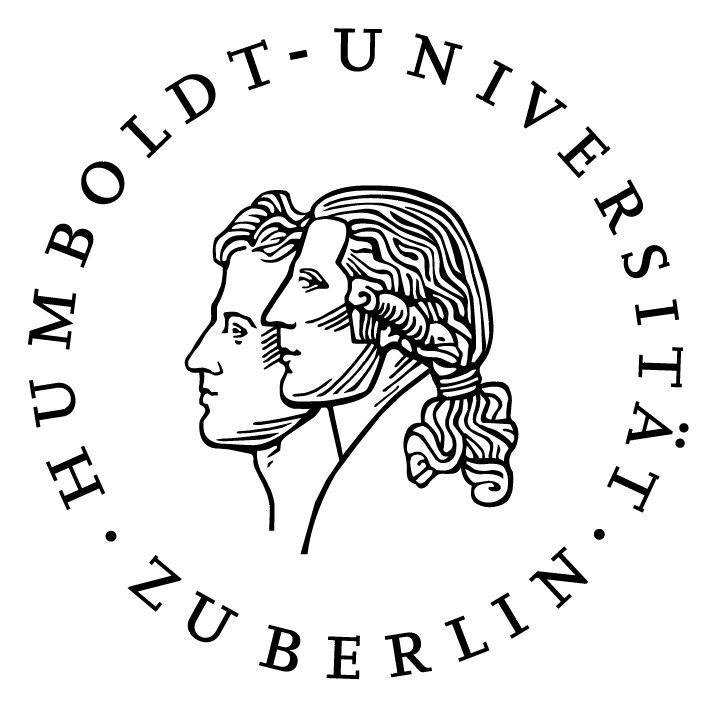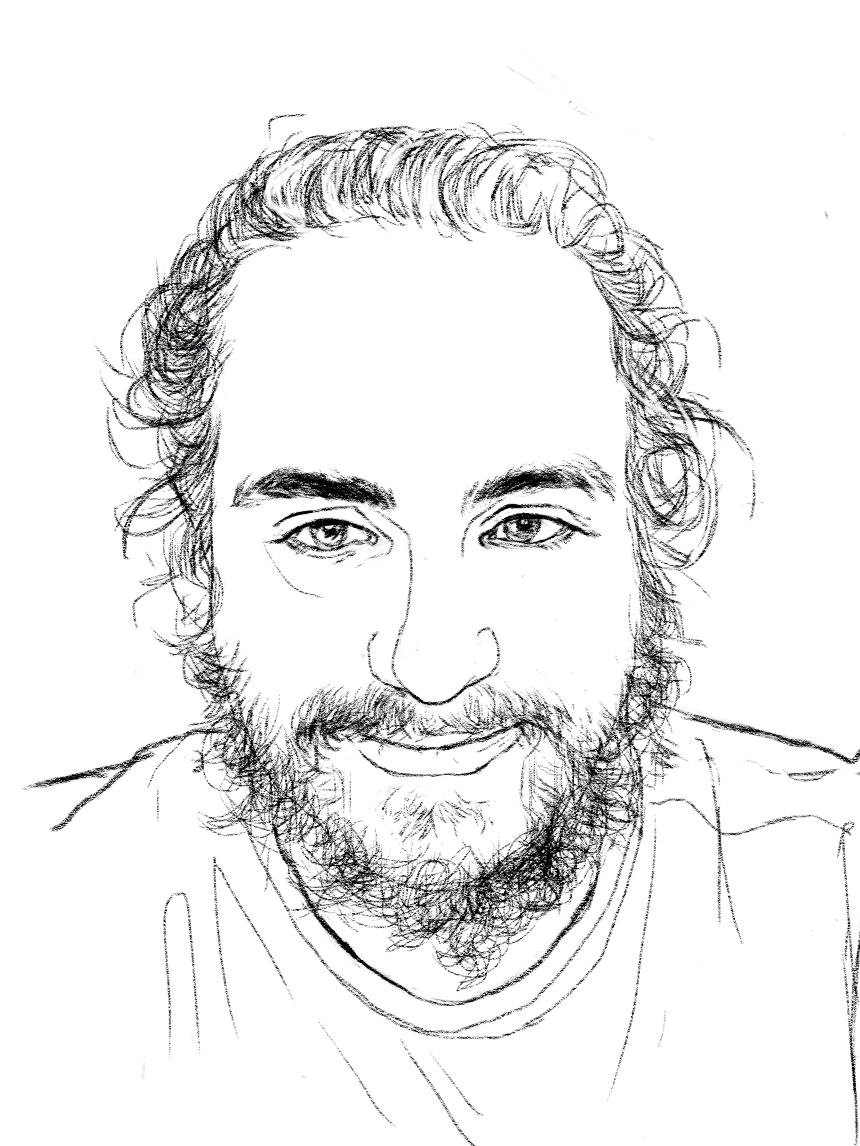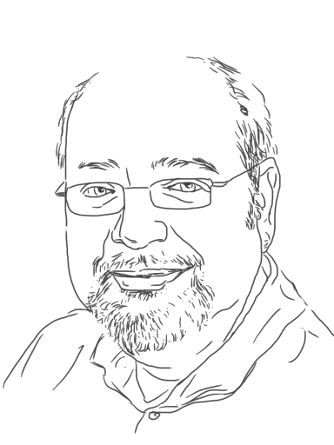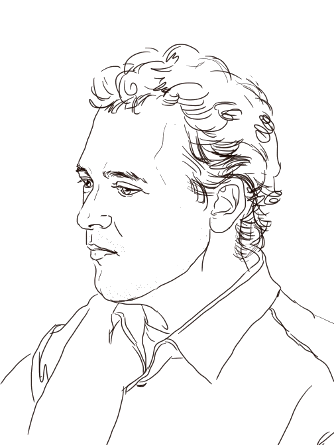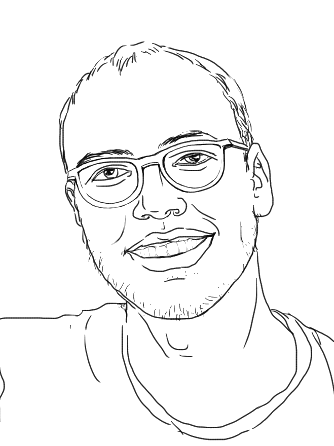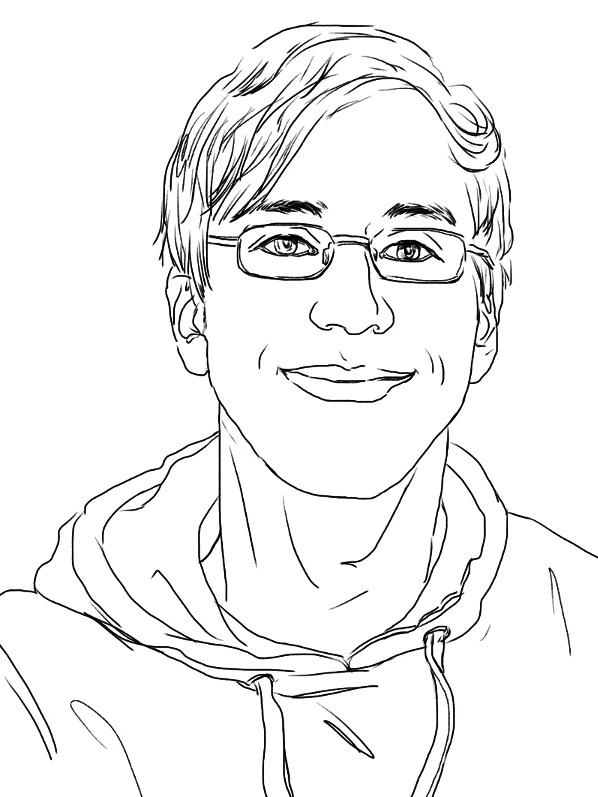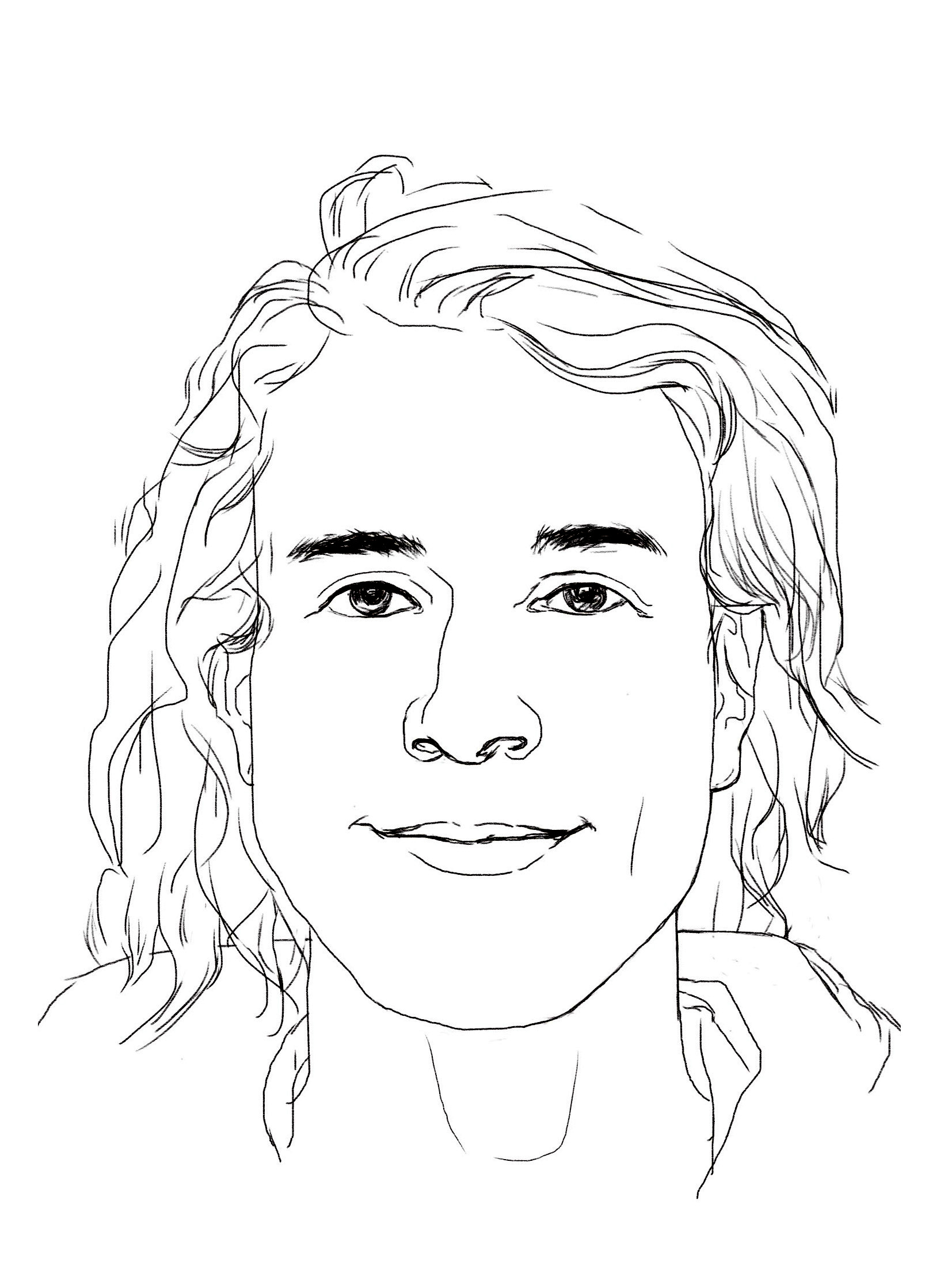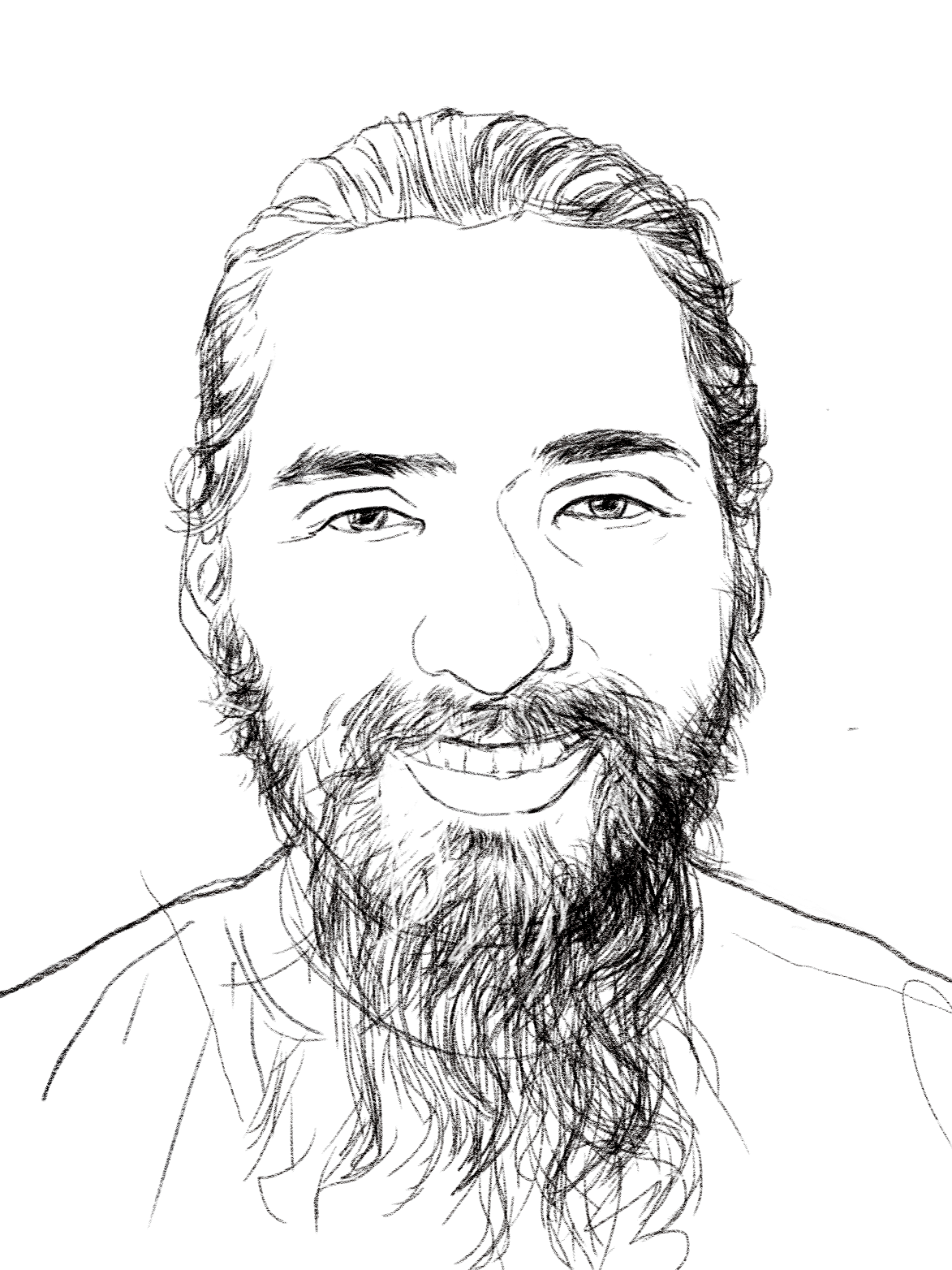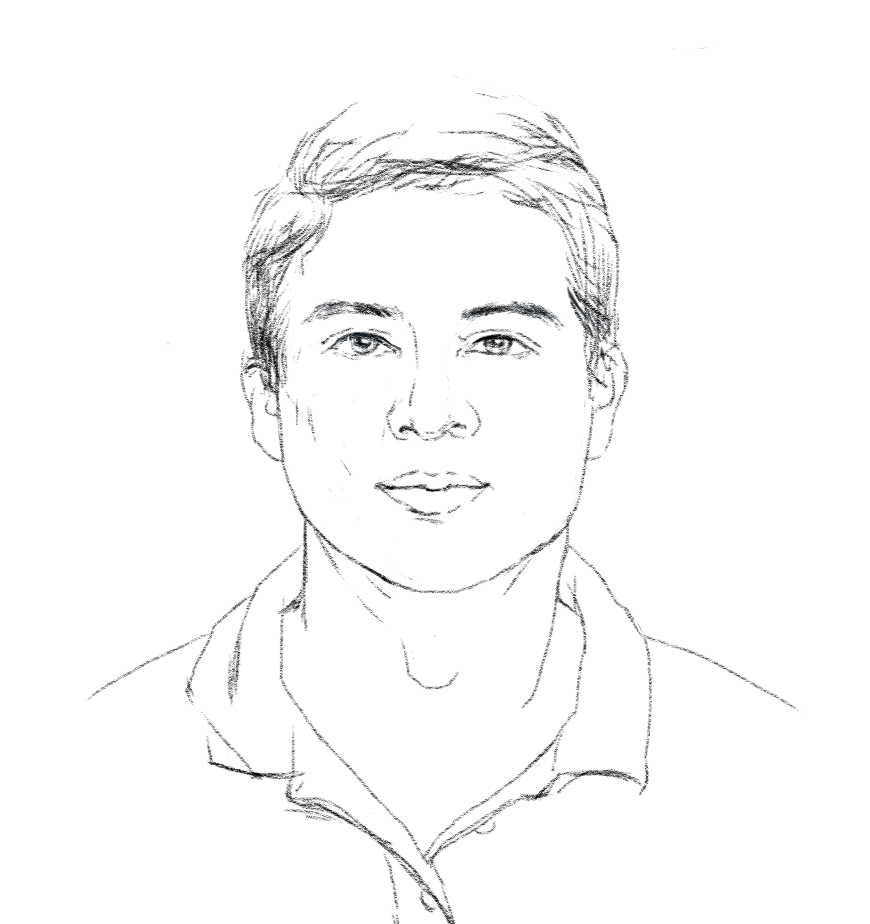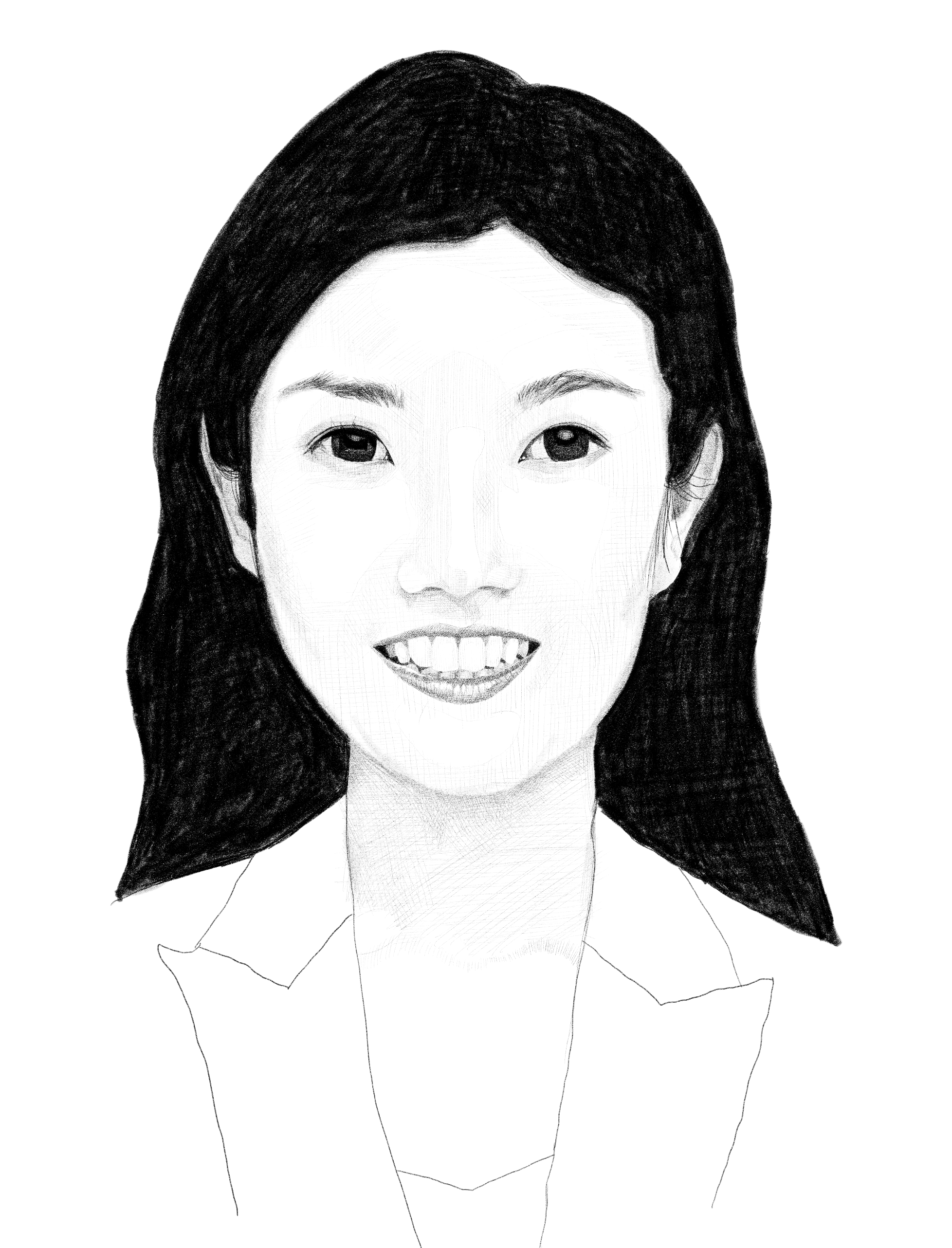News
People currently working in our group:
Bastet
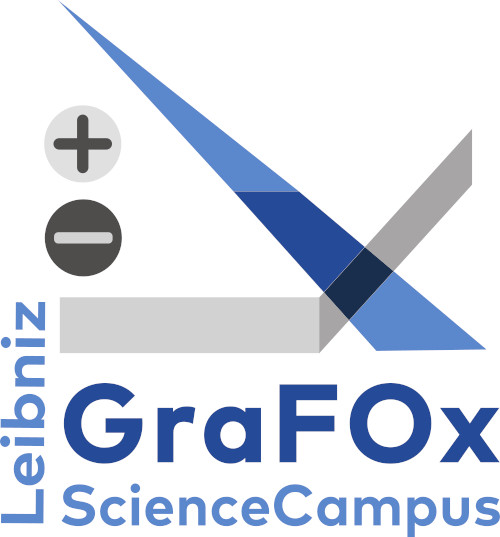
We are a partner in the Leibniz Association and the Leibniz ScienceCampus Growth and fundamentals of oxides (GraFOx) for electronic applications. Our project is focused on the ab-initio description of physical properties of BaSnO3 based heterostructures using density-functional theory (DFT) and many-body perturbation theory.
Current Projects
Structural and electronic properties of BaSnO3/LaInO3 interfaces
Transparent oxide semiconductors are a key material for a wide variety of electronic applications due to their rich and tunable properties. The perovskite barium stannate (BaSnO3) has appeared in the last years as the most promising candidate due to its high electron mobility at room temperature, excellent thermal stability, and high transparency [1]. The combination of BaSnO3 (non-polar) with structurally similar polar-oxide such as LaInO3, is expected to generate a two-dimensional electron gas (2DEG) confined in a potential well at the interface.
Ab-initio approaches are being applied towards theoretical characterization of these interfaces. The project implies an in-depth understanding of the interface orientation, level alignment, strain effects, and surface terminations. This research is performed hand in hand with our experimental partners at the Leibniz Institute for Crystal Growth (IKZ), the Paul-Drude-Institut fur Festkörperelektronik (PDI), and the Technische Universität Berlin (TU).
Ferroelectric perovskites to tune interfacial two-dimensional electron gas (2DEG)
The two-dimensional electron gas (2DEG) formed at the interface between two insulating oxide perovskites has attracted great attention in recent years as it is promising for the next-generation of nanoelectronic devices. As such, it is desirable to have the ability to modulate the 2DEG properties by an external stimulus.
It has been found that layers of a ferroelectric material can be very efficient to control the interfacial 2DEG. Here, we consider a heterostructure formed by combining the polar perovskite LaInO3 (LIO) with the nonpolar perovskite BaSnO3 (BSO). In this case, the polar discontinuity leads to the formation of 2DEG at the interface within the BSO side. We investigate the impact of the inclusion of the common ferroelectric perovskite BaTiO3 (BTO) on the density and distribution of the 2DEG. The role of the thickness of the ferroelectric material as well as the amount and direction of its polarization will be investigated.
Currently involved people
- Claudia Draxl (PI)
- Wahib Aggoune (postdoc)
- Le Fang (PhD student)
Publications
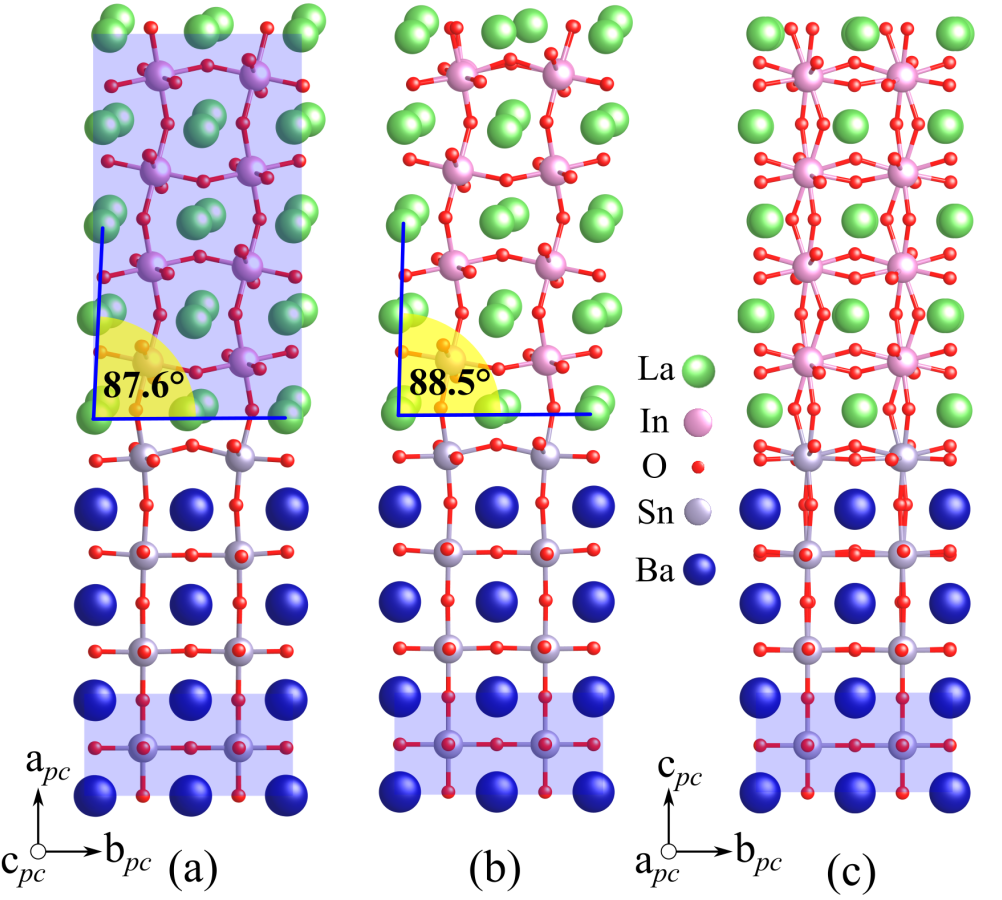 |
M. Zupancic, et al.
Epitaxial perovskite oxide interfaces with different symmetry of the epitaxial layers have attracted considerable attention due to the emergence of novel behaviors and phenomena. In this paper, we show by aberration corrected transmission electron microscopy that orthorhombic LaInO3 films grow in form of three different types of domains on the cubic BaSnO3 pseudosubstrate.
|
